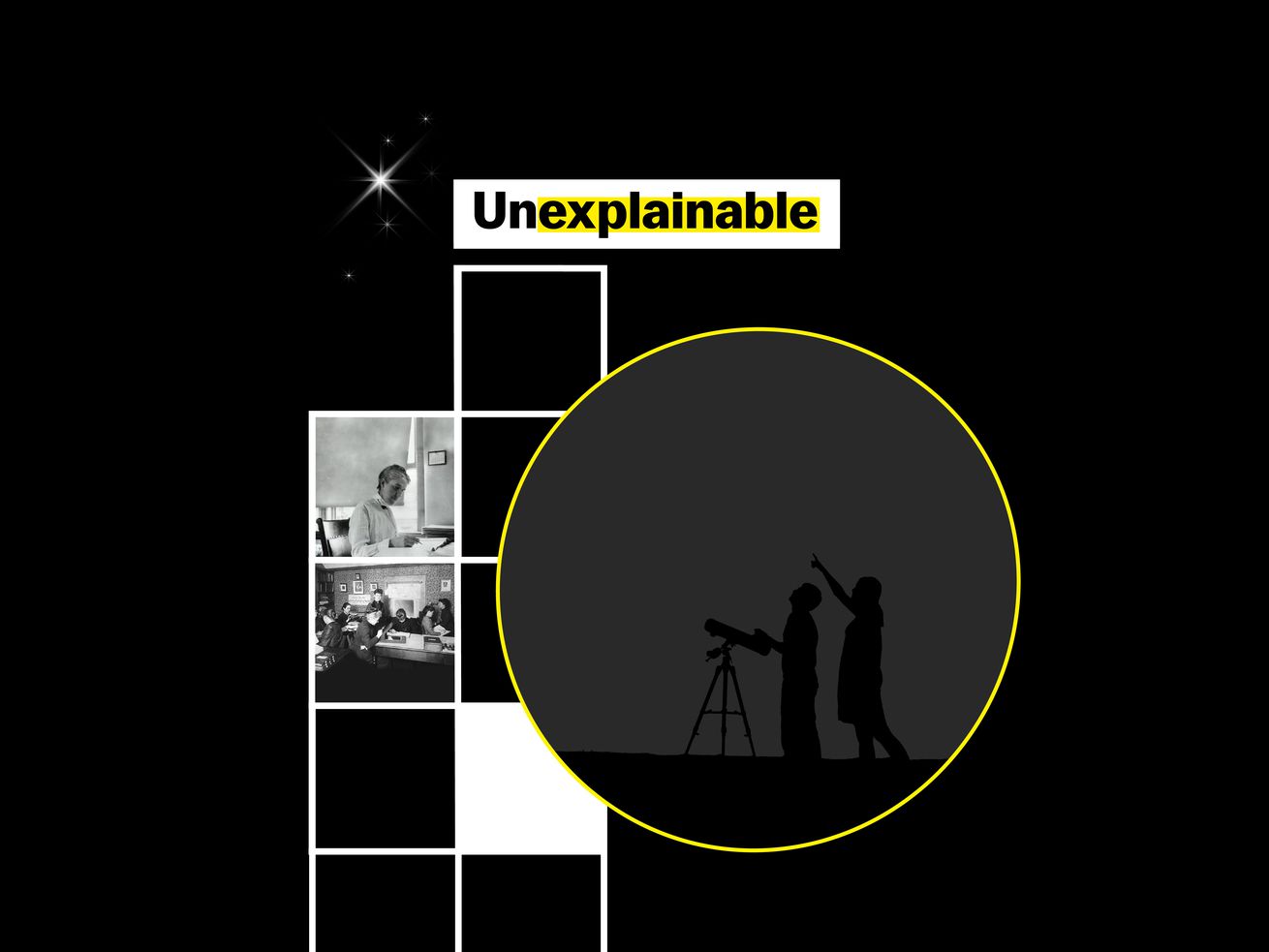Edwin Hubble’s name is everywhere in astronomy. Henrietta Leavitt’s should be too.
In the early 1900s, the universe seemed to be a much, much smaller place. Back then, astronomers believed the Milky Way galaxy was all there was. They didn’t know there were billions of other galaxies; they didn’t know how small we really are.
They didn’t know this because they couldn’t measure distances to far-flung stars. Why? There was a pretty simple problem in astronomy: A bright, faraway star looks almost the same as a dim star that’s close by.
It’s the same here on Earth. Imagine you’re on the beach at night and see two lighthouse lights glowing in the distance, but one seems brighter than the other. If you knew both lighthouses used the same lightbulb, you could conclude that the dimmer light is farther away. But it’s also possible that the dimmer light just comes from a lower-wattage lightbulb, perhaps nearer to you.
Scientists needed a way to find out the intrinsic brightness of stars — to figure out their wattage, so to speak. That’s when Henrietta Leavitt, a Massachusetts-born “computer” who worked at the Harvard College Observatory, came along. In 1908, she published a discovery that may sound small but is one of the most important in the history of astronomy. It cracked open the universe.
/cdn.vox-cdn.com/uploads/chorus_asset/file/22681500/starscomic_final_01.jpg) Amanda Northrop/Vox
Amanda Northrop/VoxBlinking lights provide a yardstick to measure the universe
Before Henrietta Leavitt, many astronomers looked at the stars in what’s today known as the Andromeda galaxy — some 2.5 million light-years away — and mistakenly thought they were part of our own Milky Way galaxy (which is only around 100,000 light-years in diameter).
Those Andromeda stars were orders of magnitude further away. Scientists just didn’t know it.
At the time, astronomers had some methods to figure out distances to stars, but they only worked for stars relatively close to Earth. Leavitt’s discovery — linking the pulse of one type of star to their actual brightness, as described in the graphic above — was the key to measuring objects farther and farther out into space.
If astronomers wanted to measure faraway things, Leavitt’s discovery showed, they just had to look out for cepheids. Her formula led astronomers to chart out relative distances to stars: They could use it to compare two stars and figure out which one was closer.
It took some more work by other scientists to calibrate this yardstick, to put concrete numbers on it. But once they did, and started measuring with it, the cosmos grew and grew.
Leavitt paved the way for Edwin Hubble to discover galaxies beyond our own
Fifteen years after Henrietta Leavitt’s discovery, the preeminent astronomers Harlow Shapley and Heber Curtis were locked in a heated debate.
Curtis believed that Andromeda was a separate galaxy far, far away from the Milky Way. At the time, this was an outlandish idea. Shapley represented the more mainstream view — that Andromeda was just a hazy, cloudy region within our galaxy, which he had recently estimated to be around 300,000 light-years across. That was also the assumed size of the entire universe.
If Curtis was right, it would mean the universe was double or triple the size that Shapley estimated — at least.
To settle the debate, Edwin Hubble — the namesake of the famous space telescope — looked for Cepheid stars in Andromeda. Night after night, he took photographs of Andromeda, searching for cepheids. In October 1923, he found one, blinking in one of Andromeda’s spiral arms. Another week of observations allowed him to follow Leavitt’s formula and determine its distance.
Hubble estimated it to be around a million light-years from Earth — well outside the boundaries of Shapley’s universe. (Hubble was a little off: Andromeda is closer to 2.5 million light-years away.) After reading about Hubble’s finding, Shapley reportedly said: “Here is the letter that destroyed my universe.”
/cdn.vox-cdn.com/uploads/chorus_asset/file/22686269/551318main_hs_2011_15_a.jpeg) NASA, ESA, and the Hubble Heritage Team
NASA, ESA, and the Hubble Heritage TeamScientists kept building on Leavitt’s ruler to measure the universe. And as they used these measuring tools, their understanding of the universe evolved. They realized it was far bigger than previously thought, there are billions of galaxies, and it’s expanding: Those galaxies are moving further and further away from one another.
Astronomers also realized that the universe had a beginning. If galaxies are moving away from one another now, it means they were closer together in the past — which led scientists to the idea of the Big Bang.
It also led them to realize that the universe may, eventually, end.
This week’s episode of Unexplainable, Vox’s podcast about unanswered questions in science, tells that story and more.
Author: Brian Resnick
Read More



